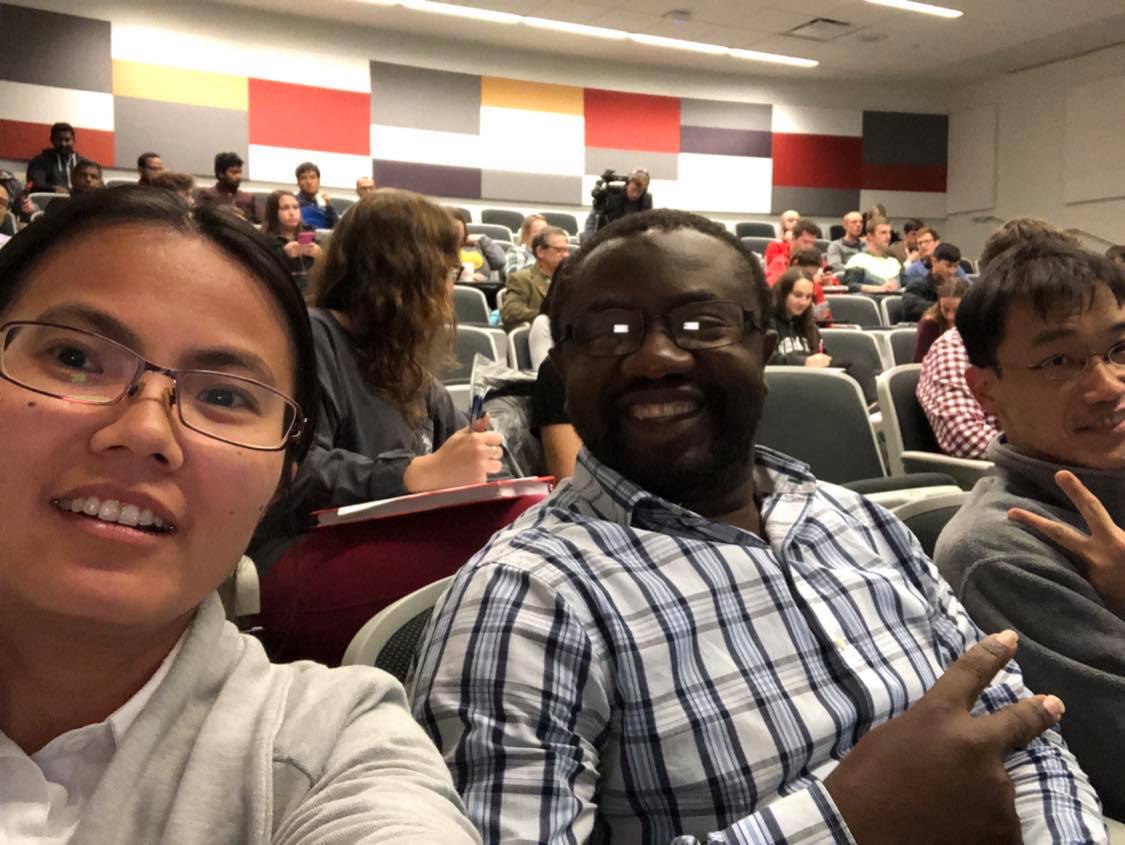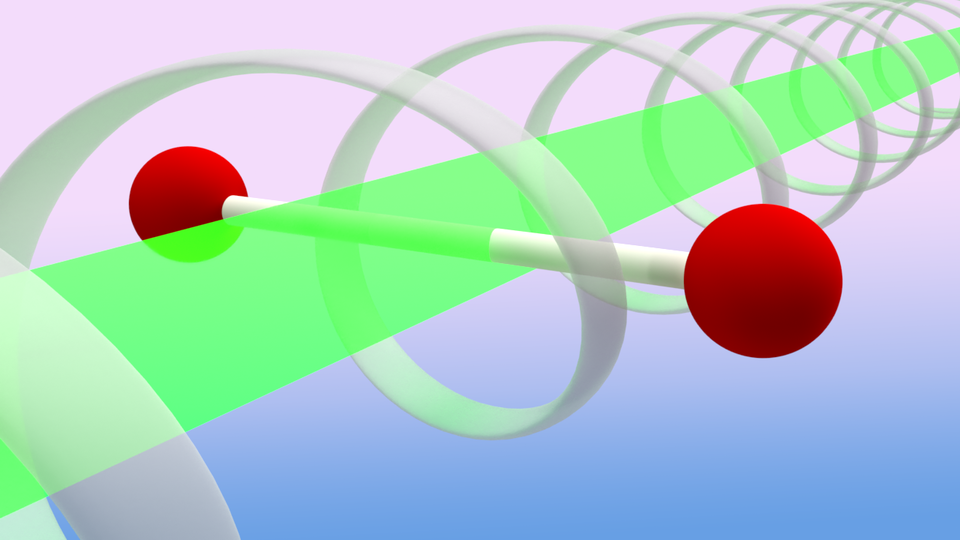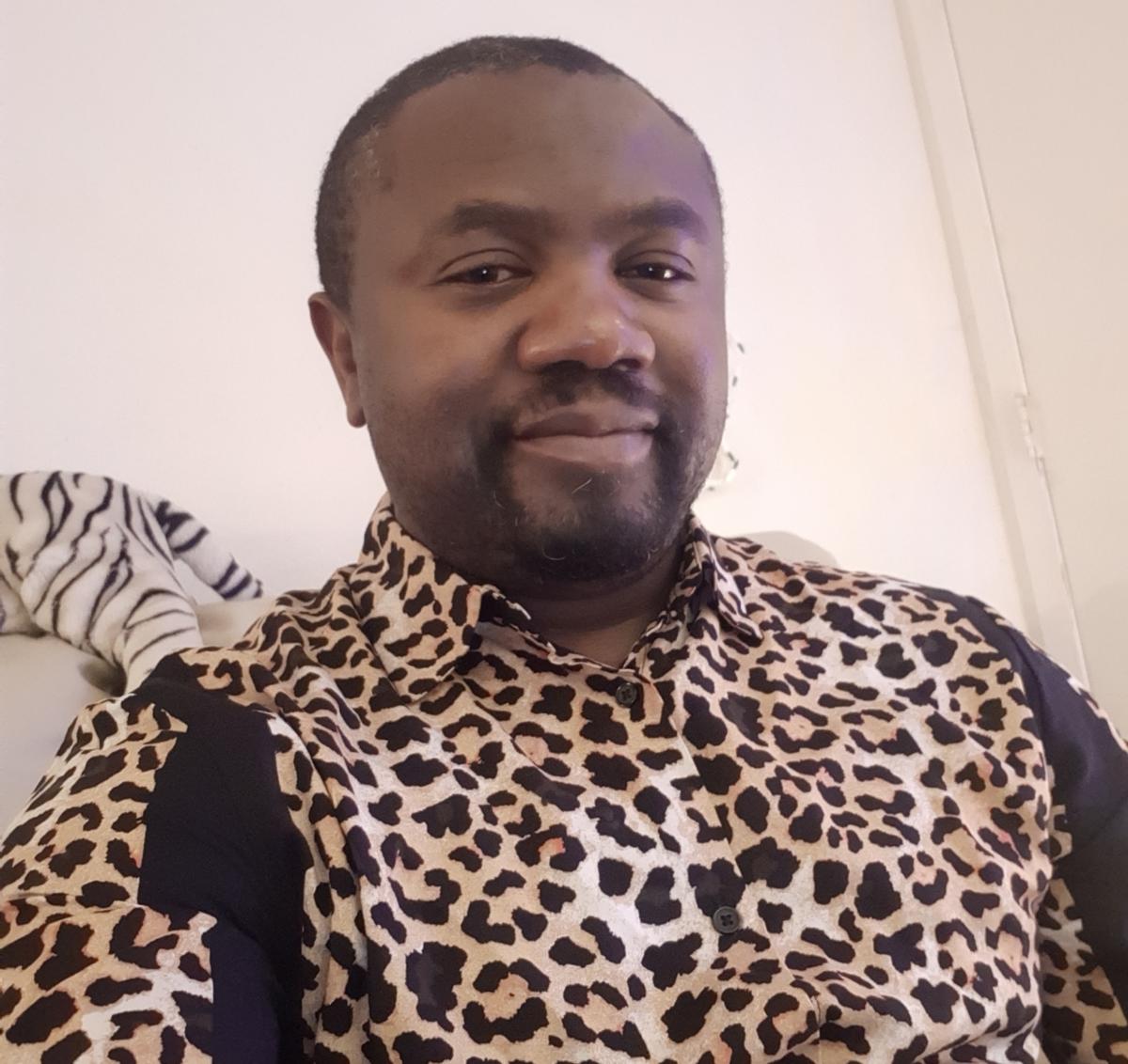
Associate Professor, AMOP
Department of Physics and Astronomy
marcelngoko@unl.edu
(402) 472-5094
JH 310S
Atomic Molecular and Optical Physics
Professor Ngoko Djiokap is carrying out research in the fields of theoretical atomic and molecular physics with a focus on intense laser interactions with atoms and molecules, attosecond physics, and ultrafast highly-correlated processes involving attosecond laser pulses and electron impact.
Professor Ngoko Djiokap's expertise is on developing both ab initio numerical and analytical tools to uncover and predict new phenomena, and to analyze experimental results.
Ngoko Djiokap Research Group
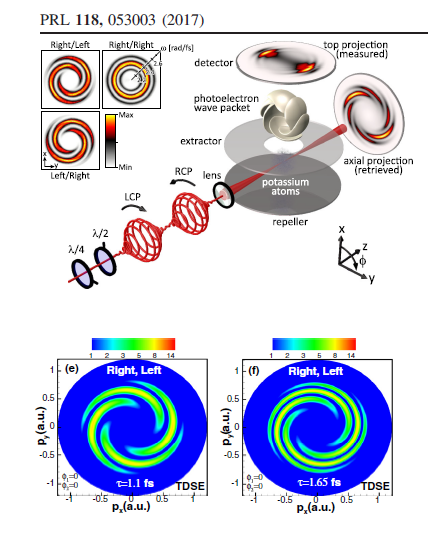 |
Experimental Confirmation of Electron Matter-Wave Vortices Bottom: Theoretical Prediction
Top: Experimental Demonstration
|
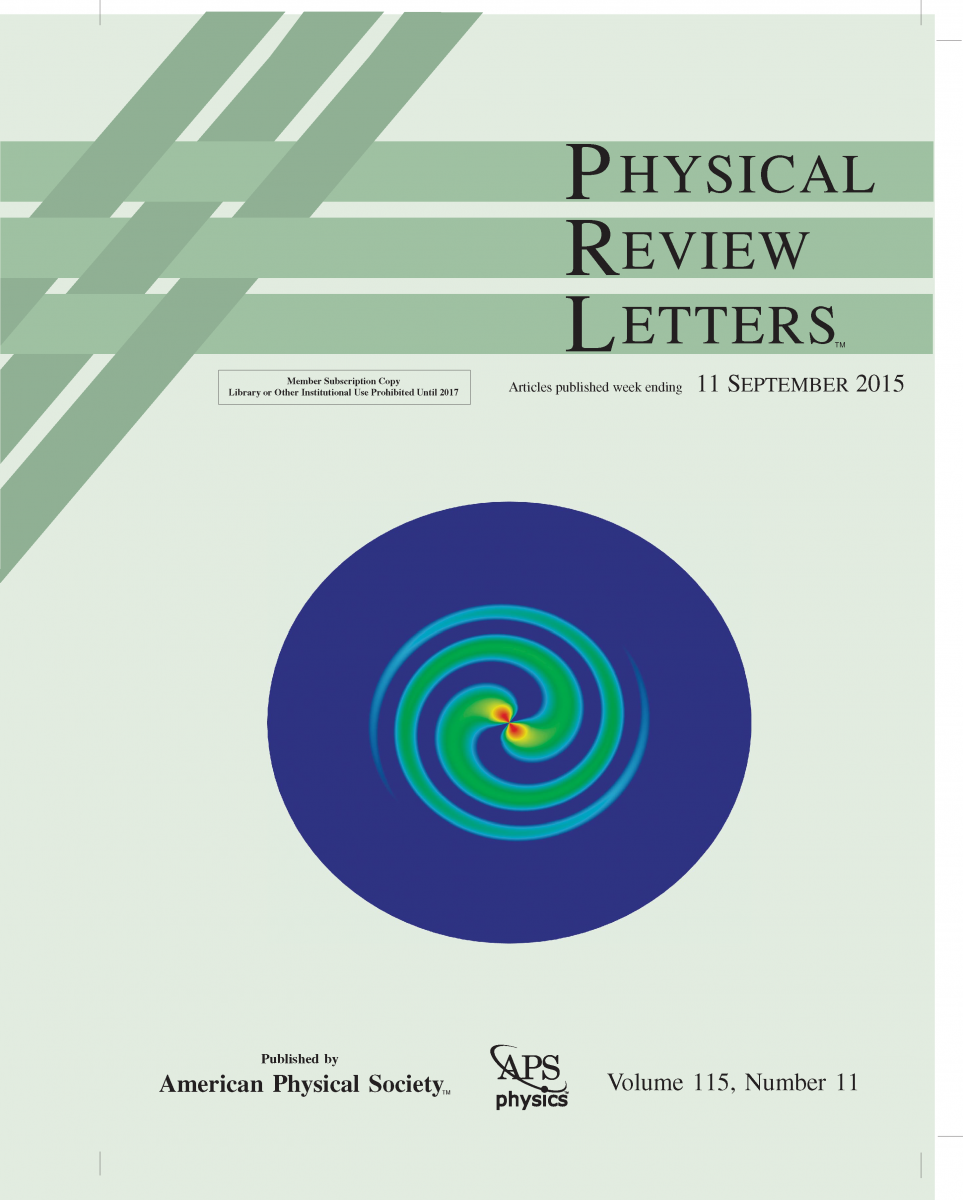
A Dramatic example of wave-particle duality
Interference between photoelectron wave packets (in momentum space) produced in the ionization of a helium atom by a pair of oppositely circularly polarized attosecond laser pulses that are time delayed.
The produced two-start spiral vortex patterns have a counterpart in optics, providing thus a dramatic example of wave-particle duality.
More information can be found on https://journals.aps.org/prl/issues/115/11
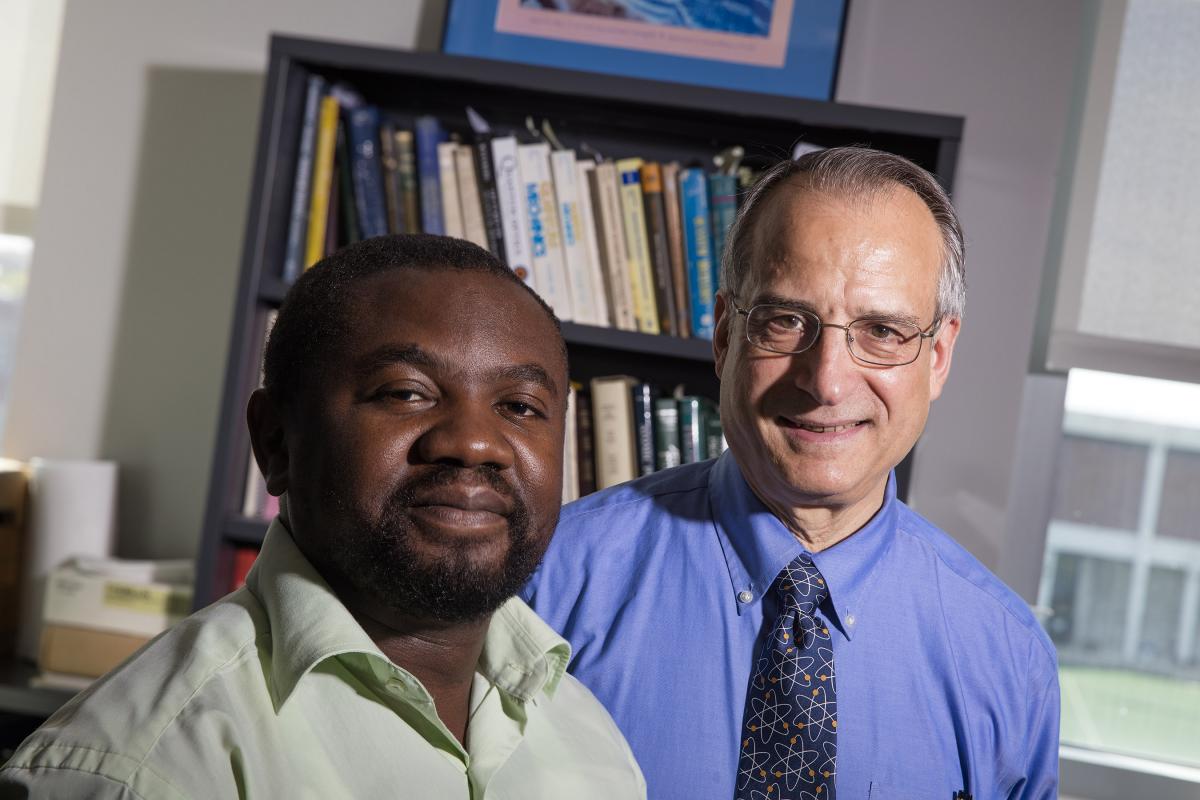
Physicists discover spiral vortex patterns from electron waves
University of Nebraska-Lincoln physicists have made a compelling discovery that graces the Sept. 11 cover of the journal Physical Review Letters. In their new study, physicists Anthony Starace and Jean Marcel Ngoko Djiokap report an unusual pattern of wave interference produced when an electron is ejected, or ionized, from its orbit around a helium atom.
Read more about their study in the UNL Today article.
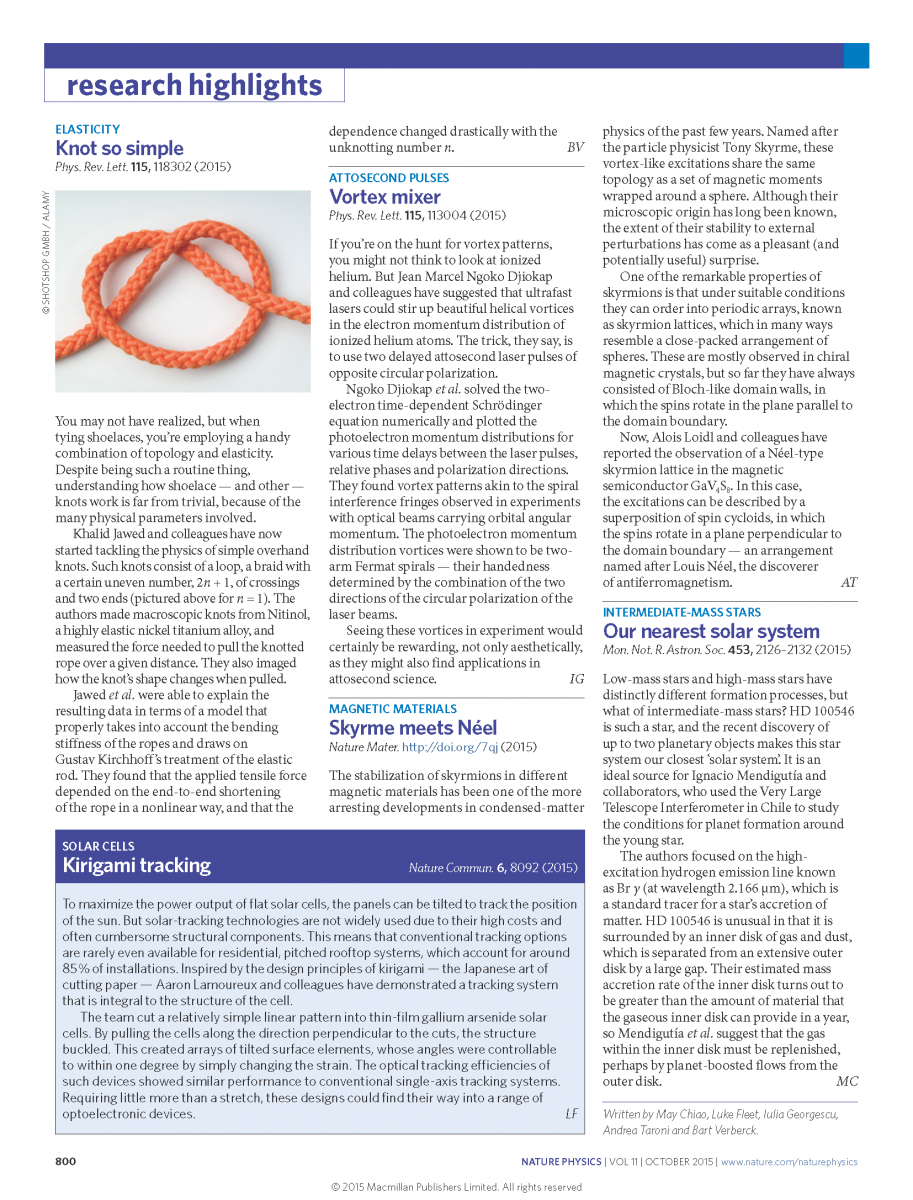
Attosecond Pulses Vortex Mixer
Research highlighted by Nature Physics, written by Editor Iulia Georgescu.
This article can be retrieved on Nature Physics 11, 800 (2015).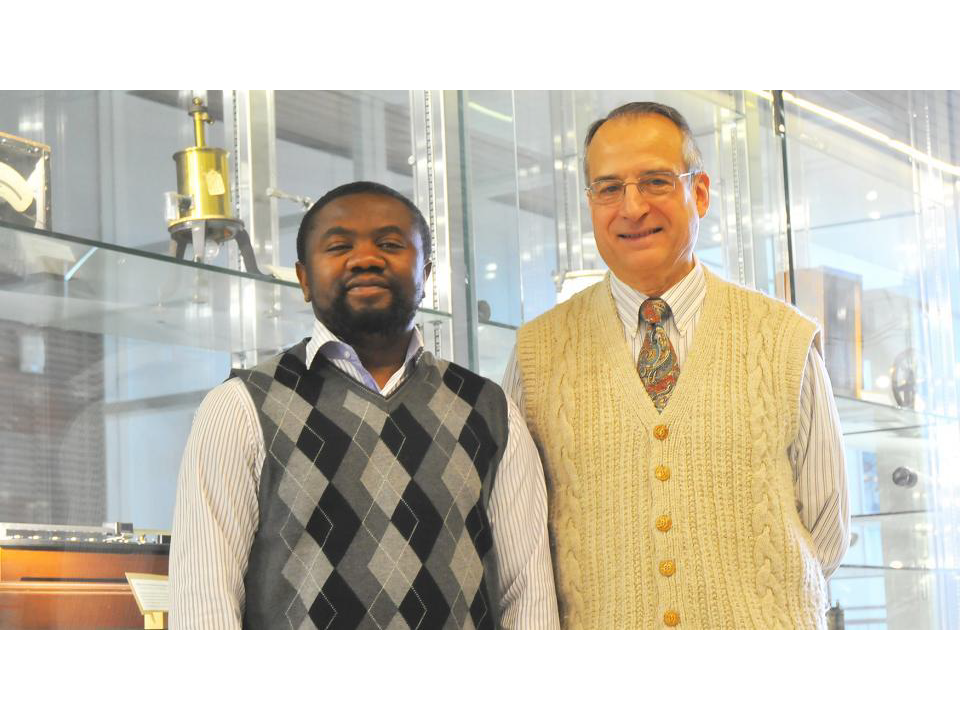
Study details laser pulse impacts on behavior of electrons
By solving a six-dimensional equation that had previously stymied researchers, UNL physicists have pinpointed the characteristics of a laser pulse that yields electron behavior they can predict and essentially control.
More information can be found on UNL Today.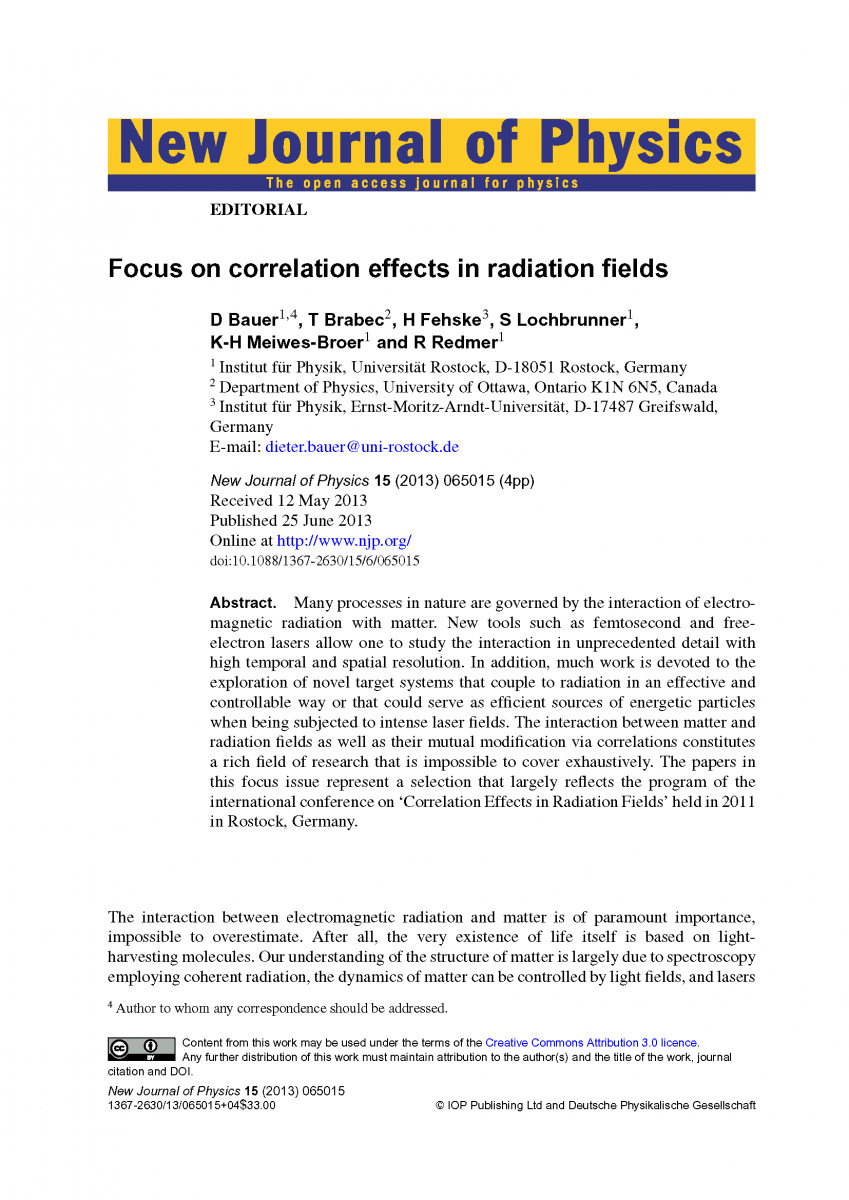
Enhanced asymmetry in few-cycle attosecond pulse
ionization of He in the vicinity of autoionizing
resonances
Research highlighted in a special issue of New Journal of Physics, written Editorially by D. Bauer et al.
Highly correlated effects in attosecond pulse single ionization of helium were predicted numerically by solving the corresponding two-electron time-dependent Schroedinger equation in the presence of an intense, linearly-polarized, few-cycle, extreme ultraviolet laser pulse.
More information can be found on New Journal of Physics 14 (2012) 095010.
